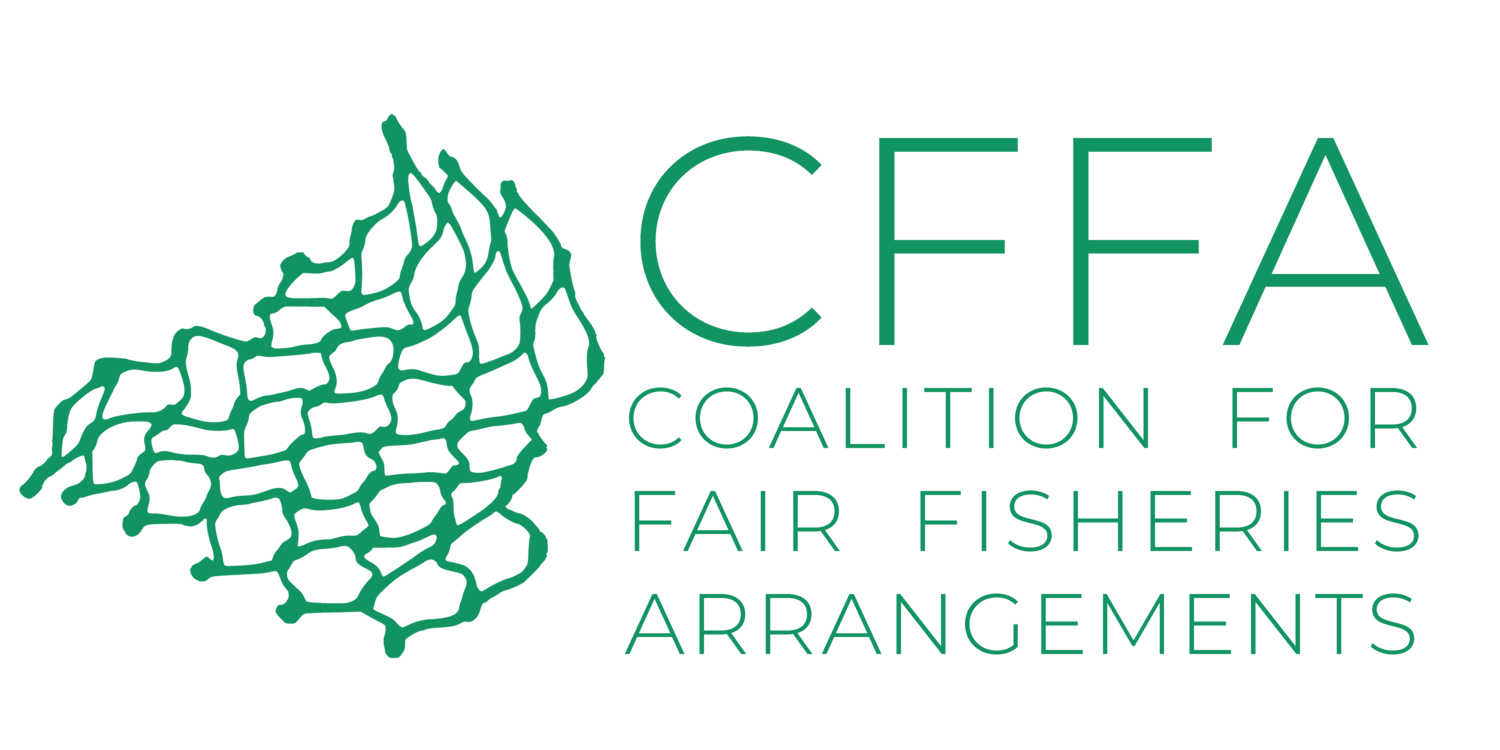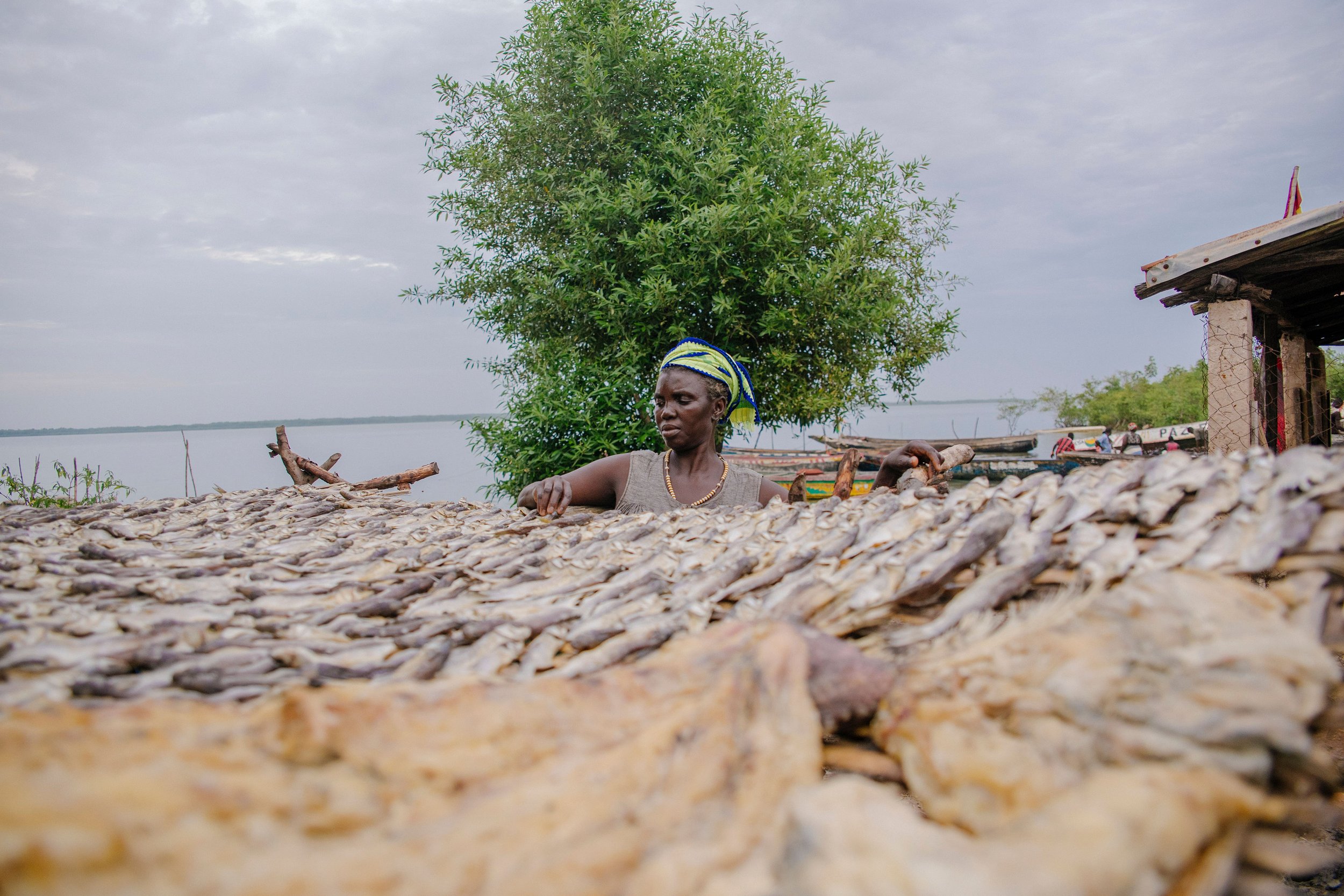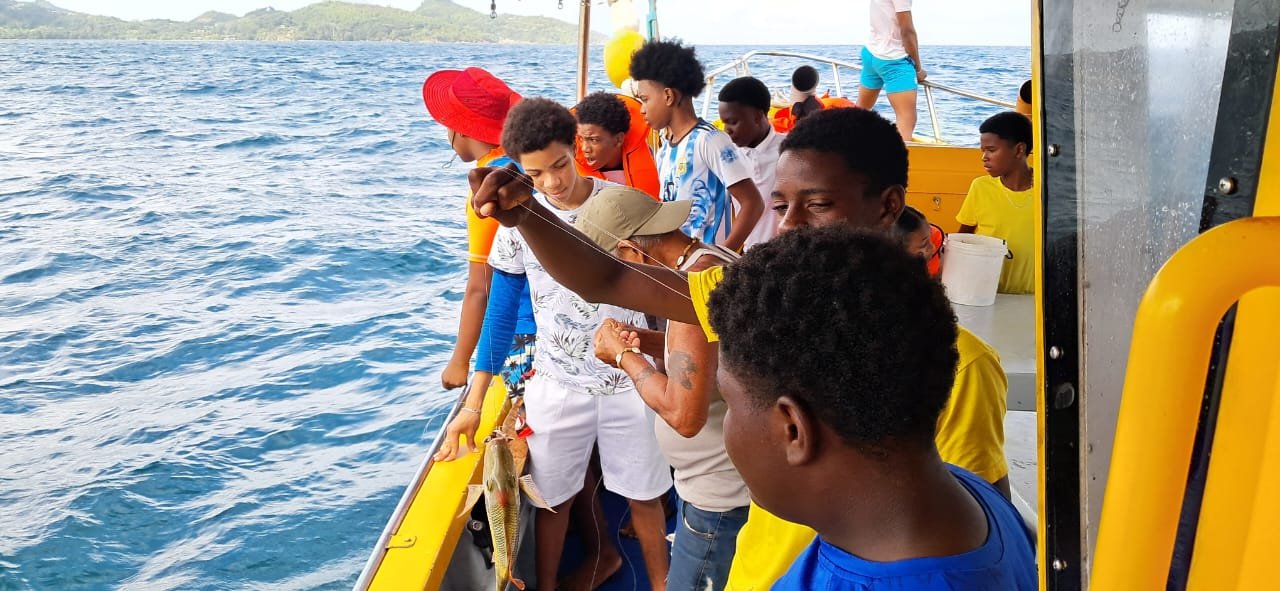In September 2022, in parallel to the UN General Assembly, the FAO launched a report assessing the progress made on food and agriculture-related Sustainable Development Goals (SDG) indicators.
While the document generally “paints a bleak picture” with regards to the SDGs level of achievement, it suggests that the target for ensuring access for small-scale fishers to marine resources and markets (SDG 14b) has been reached in the last two years. This is highly questionable.
When small-scale fishers from 5 continents gathered in Lisbon for the UN Ocean Conference last June 2022, they called on governments to act in order to make concrete progress to fulfil the promises of SDG14b: artisanal fishers’ assessment is that neither access to marine resources, nor access to markets is currently secured for them. They repeated this pressing call to fulfil SDG 14b and “continue the dialogue on the implementation” of the Guidelines to Secure Sustainable Small-Scale Fisheries (VGSSF), at the FAO committee on fisheries (COFI 35), in September 2022.
Paper progress, little ripple effects
Yet, according to FAO, it’s in the bag: indicator 14.b.1., assessing the “degree of application of a legal/regulatory/policy/institutional framework that recognizes and protects access rights for small-scale fisheries,” has already been achieved. However, a closer look reveals that there is no data for most Small Islands and Developing Countries (SIDS), especially African ones, where there is a large proportion of small-scale fishers. However, despite acknowledging these data gaps and the fact that overall “reporting data has decreased,” the report shamelessly gives a global score of 5 out of 5 to this indicator, underlining a “high degree of adoption” of regulatory frameworks.
There are two problems here: first, the assessment suffers from important data gaps, and does not cover some countries and regions where artisanal fishers are numerous. Secondly, adopting a regulation on paper does not mean it is being concretely applied. We can certainly celebrate the adoption of regulatory frameworks that protect access rights for small-scale fishers, but it is not enough to say that SDG14b has been met.
Let us take a few examples to show that ‘adoption on paper’ does not mean ‘difference on the water’. The European Union has met the target of securing access rights to small scale fishers, according to the report. That may be true, to a certain extent, on paper. Indeed, the EU Common Fisheries Policy (CFP) states, in its article 17, that “Member States shall use transparent and objective criteria” when allocating fishing opportunities, “including those of an environmental, social and economic nature.” These criteria could in theory guarantee an access to marine resources to small-scale fishers. However, a recent report by the European Parliament shows that this has not happened: “there are no reports of the Commission nor recorded instances of member states changing their allocation methods since the reformed CFP and Article 17 came into force” (that was in 2013), “that several Member States are not making public what criteria they apply when distributing fishing opportunities” and “recalls that an objective allocation method entails the clear and unambiguous description of well-defined allocation criteria.”
In practice, the criteria for access allocation are still mainly based on historical rights, underscores the EP report. They allow “for a certain level of economic stability,” but “contribute to reinforcing trends such as economic concentration,” and do not “provide sufficient incentive to fishers who implement fishing practices with a reduced environmental impact and do not provide fair opportunities to all fishers, including small-scale fishers.” A fairer solution, argues the Low Impact Fishers of Europe Platform (LIFE), “would be for the CFP to adopt a differentiated approach to small-scale and large-scale fisheries.”
In some African countries, even in cases where measures are taken to prioritise, through zoning for example, access to coastal resources for artisanal fishers, in practice, it can result in benefiting industrial fishing interests, often of foreign origin. In Guinea, the commonly known “advanced artisanal fishing,” legally falling into the category of “semi-industrial fishing” has been given access to areas close to the coast, normally reserved by law to smaller vessels and to nationals. Even though this category is reserved to nationals, Asian-origin vessels have had access to it and target species that are also caught by local fishermen.
More generally, in Africa, even when the law reserves coastal waters to artisanal fishers, the incursion of industrial trawlers into these artisanal fishing zones is common. The situation is aggravated by the lack of capacity for MCS and authorities turning a blind eye to the trawlers’ illegal incursions. The impacts on fishing communities go beyond competition for resources, as trawlers destroy artisanal fisher’s fishing gear and there are risks of collision.
The African Confederation of Artisanal Fisheries Organisations (CAOPA) has been documenting the issues faced by artisanal fishers in artisanal fishing zones established in the waters of seven African countries. A common issue for all of them is the lack of interest from authorities to ensure proper implementation of the regulation - authorities do not provide information to fishers about the rules governing artisanal fishing zones, fishing communities are not involved into decision-making for establishing and managing artisanal fishing zones. In this case as well, the adoption of a regulation establishing an artisanal fishing zone, therefore securing access to artisanal fishers to marine resources, has not led to the expected result.
Co-management, co-management, co-management
As the report rightly points out, SSF require “enabling frameworks” to allow their operations to sustainably develop. A pre-requisite for this to happen is that fisheries need to be managed sustainably. In Mauritania, Senegal, and The Gambia, for example, the lack of concerted management for the small pelagic resources and the lack of effective measures or political will to reduce the production of fishmeal are impacting the livelihoods of artisanal fishers and women fish processors as well as the food security of populations in the region.
A way to enable fishers, when it comes to fisheries management, is to ensure that coastal fishing areas are fully co-managed. Co-management requires “putting in place specific legal frameworks that clearly define the roles and responsibilities of the authorities and fishers,” stated artisanal fishers from 5 continents in their Call to Action. The FAO report acknowledges the importance of these co-management systems as being “globally recognized as necessary for inclusive governance.” These “enabling frameworks” need to be appropriately funded and effectively implemented, which is not often the case.
Governments must also protect small-scale fisheries from competing industries of the Blue Economy, including industrial fishing fleets, oil and gas exploitation, coastal mass tourism to name a few. Fishing communities around the world depend on a healthy ocean and coastal environment, and no new activity should be undertaken that will harm that environment, and have devastating knock on effect on them.
Therefore, a proper assessment of the progress on SDG 14b cannot be done without considering the environment in which small-scale fisheries evolve. Governments need to address issues such as fishing communities’ participation into fisheries management and the threats posed “by pollution, competition for space and resources by other blue economy industries”. For this, the report rightly points at the guidelines to secure sustainable small-scale fisheries as a starting point for governments to develop national plans of action for small-scale fisheries.
Women, the invisible workforce
In Africa, women in artisanal fisheries are a key link to provide fish to the populations, as they process and market it. They maximise the contribution of fisheries to food security. Depending on the country, they represent sometimes up to 60% of the workforce of the artisanal fisheries value chain. SSF organisations underscore that women’s work and contributions are unrecognised, and call for governments to empower women to actively participate and to improve their working conditions.
So, providing access to markets for women in artisanal fisheries – in a bid to achieve SDG14b – would also contribute to achieving other SDGs, especially SGD 2 on “zero hunger”. For this, it is essential to tackle the difficulties encountered by the women working in the sector, one of which is their lack of representation and participation to decision making processes.
The FAO report rightly insists on the importance of women in fisheries, while highlighting they are under-represented in governance arenas. It is therefore hard to comprehend how FAO can reach the conclusion that the target is already met (one of the three indicators being participation), when women, - almost half of the people concerned-, “face significant barriers to meaningful participation.”
Conclusion: Words do not equal action
FAO proudly noted in its report that the “International Year of Artisanal fisheries and Aquaculture 2022 has catalysed efforts towards providing access for small-scale artisanal fishers to marine resources and markets.” This glosses over the fact that, for the millions of small-scale fishers and women in artisanal fisheries, not much has changed. Their access to marine resources and to markets, - SDG 14b-, are not secured. IYAFA has been critical to shed light on the challenges SSF face day to day and has also brought a global recognition of the role they play for food security, coastal communities well-being, poverty eradication, livelihoods, and culture. Some steps have been taken to recognise, mostly on paper, some of artisanal fishers’ rights. However, there is still a very long way to go for SDG 14b to become a reality.
Decision makers love to make statements and take commitments, and this year has seen plenty of those in support of small-scale fisheries. Now we need to see action.
Banner photo: Woman fish processor from Guinea Bissau drying fish in the sun, in Cacheu, by Carmen Abd Ali.










A recent study in Nature Sustainability reviews 45 years of EU fishing access agreements with countries across Africa, the Pacific, and beyond. It shows how a small number of EU fleets have consistently captured the lion’s share of fishing opportunities and economic benefits, leading to lasting power asymmetries.